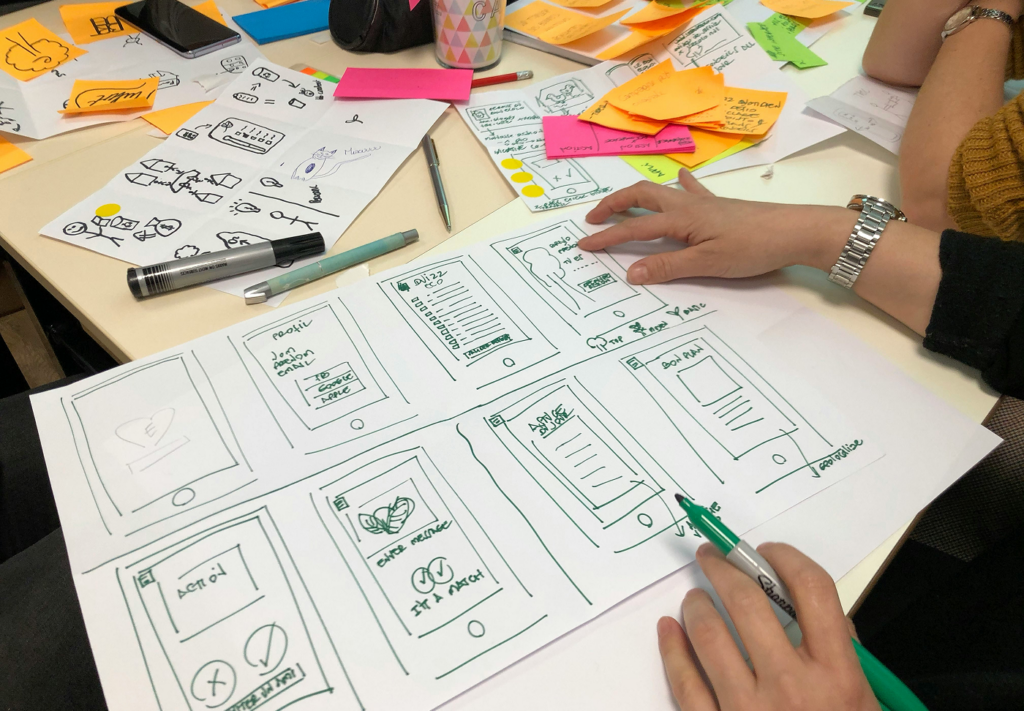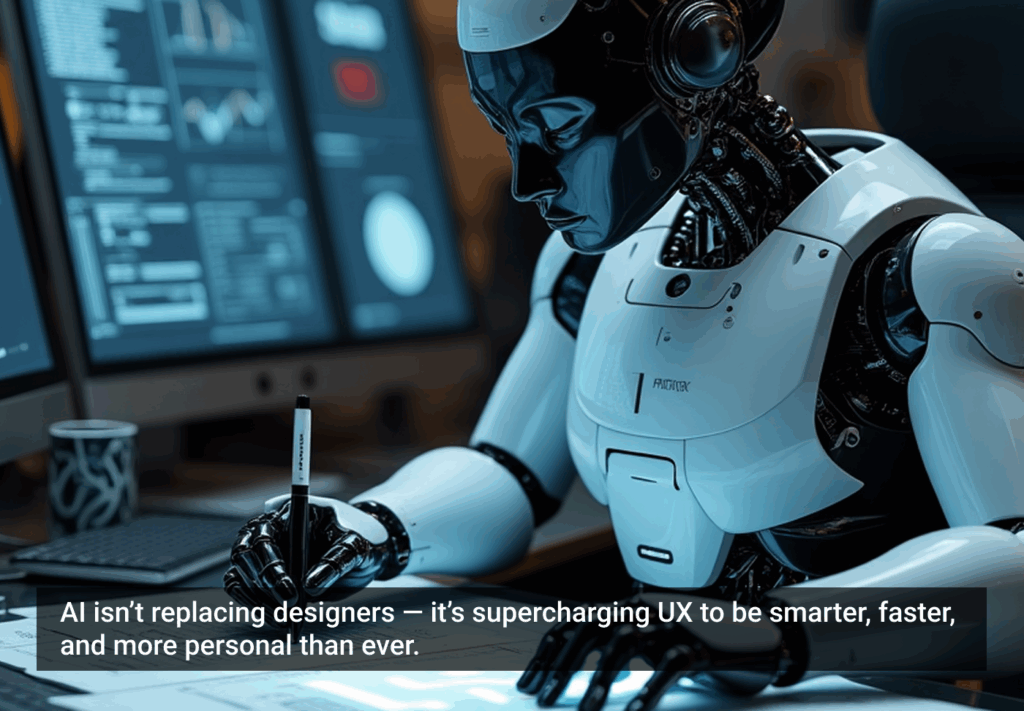Consistency is all about creating a smooth, predictable experience. It is the bedrock of a positive user experience. It fosters familiarity, builds trust, and allows users to seamlessly navigate and interact with your product. When users encounter consistent design patterns, they can effortlessly transfer their knowledge and skills from one part of the application to another, reducing cognitive load and increasing efficiency. When things are consistent, users feel comfortable and in control. They know what to expect, where to find things, and how to get things done.
Think of it like this: you’re building a house. You wouldn’t put the kitchen sink in the bedroom, right? Or have stairs that lead to nowhere. That’s basically what inconsistency in design is like — it throws users off and makes them feel lost.
Why consistency matters
Imagine using an app where the navigation menu keeps changing its location, buttons have different styles and functionalities on different screens, or the color scheme shifts unexpectedly. This lack of consistency leads to confusion, frustration, and, ultimately, user abandonment.
Consistency in UI/UX encompasses several aspects:
- Visual Consistency: Maintaining a uniform visual language across your product, including typography, color palettes, imagery, and iconography.
- Functional Consistency: Ensuring that interactive elements like buttons, forms, and menus behave predictably throughout the user journey.
- Information Architecture: Organizing and presenting information in a consistent and logical manner, making it easy for users to find what they need.
- Interaction Design: Providing consistent feedback mechanisms, micro-interactions, and animations to guide users and acknowledge their actions.

The consequences of inconsistency
Failing to provide consistency can have detrimental effects on your product and brand:
- Increased Cognitive Load: Users have to relearn how to interact with your product every time they encounter an inconsistency, leading to mental fatigue and frustration.
- Diminished User Trust: Inconsistent design can make your product feel unreliable and unprofessional, eroding user confidence in your brand.
- Higher Error Rates: When users are unsure of how elements will behave, they are more likely to make mistakes, leading to a negative user experience.
- Reduced Engagement and Retention: Frustrated users are less likely to continue using your product or recommend it to others.
Always remember that users have a surprisingly low tolerance for inconsistency in digital products. Imagine encountering different fonts, color schemes, or even logos within the same app or website. These inconsistencies create confusion, erode trust, and could disrupt the user experience. Users may struggle to find information, complete tasks, or even understand the brand’s identity. This can lead to frustration, abandonment of the product, and negative associations with the brand.
For big brands, inconsistency in digital experiences can be particularly damaging. These brands often have a vast digital footprint, encompassing websites, apps, social media platforms, and more. Inconsistency across these touchpoints can dilute brand identity, hindering recognition and recall.
It can also damage the brand’s reputation for quality and reliability, leading to customer churn and lost revenue. In today’s competitive market, even minor inconsistencies can have a significant impact on a brand’s bottom line.
Achieving great consistency at a large scale
What resonates with customers today might not work tomorrow, so it’s crucial to prioritize the customer’s experience above all else. Ultimately, it’s their perception of the brand that determines whether it feels truly consistent.

AI: the secret weapon for consistency in the digital age
AI could also be a great booster when it comes to consistency. AI is rapidly changing the way brands approach design and user experience. AI is emerging as a powerful tool for brands striving for consistency, offering capabilities that go far beyond what human teams can achieve alone.
AI can help brands achieve consistency across digital platforms in several ways, such as automated design audits that scan your website, app, and social media profiles, identifying inconsistencies in logo usage, color palettes, typography, and even messaging. AI-powered tools can automate these audits, freeing up designers to focus on more strategic work. This is particularly valuable for large organizations with extensive digital footprints.
AI can also monitor user interactions in real time, identifying potential pain points or areas where the brand experience deviates from established guidelines. This allows for immediate adjustments and optimizations, ensuring a consistently positive user experience. Imagine an AI that detects user frustration with a confusing navigation menu and suggests improvements, ensuring a consistent and user-friendly experience.
The future of consistency: leveraging design systems
Modern design tools are empowering designers to achieve greater consistency than ever before. Design systems, with their component libraries, style guides, and pattern documentation, are becoming indispensable for maintaining a unified user experience across platforms and devices.
Tools like Figma offer robust features for creating and managing design systems. It allows designers to define reusable components, enforce design rules, and collaborate seamlessly with developers, ensuring that the final product adheres to the established design language.
Consistency in UI/UX design is not merely an aesthetic preference; it’s a critical factor in user satisfaction, engagement, and retention. By prioritizing consistency, designers can create intuitive, efficient, and enjoyable experiences that foster user trust and loyalty. As design tools continue to evolve, leveraging design systems will become increasingly important for achieving and maintaining consistency in an ever-changing digital landscape.

Featured image courtesy: bady abbas.








